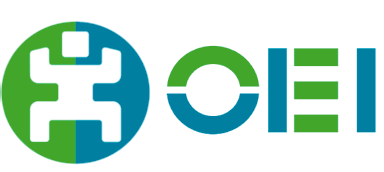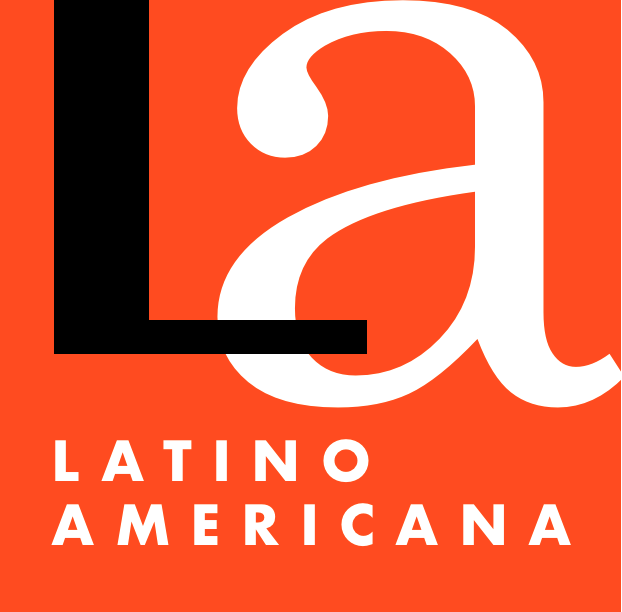Inclusive classrooms, schools and education systems: the need for a systemic perspective
Keywords:
Inclusive classrooms, Inclusive schools, Inclusive educational systemAbstract
The demand for inclusive, more equitable and quality education for all is at the centre of the educational debate in different countries, and has begun to go beyond the discourse of politicians and experts from the educational and academic world to form part of the demands of the students themselves and their families, attracting growing support from the public. The social movement for a more inclusive quality education acquires its full meaning and value to the extent that it addresses the high levels of exclusion, discrimination and inequalities present in most, if not all, of our education systems.
Indeed, Latin America is the most inequitable region in the world, with highly segmented and segregated societies (UNESCO, 2007). In this context, despite the great expansion in coverage, the extension of compulsory education and the educational and curricular reforms that many countries in the region have carried out, gaps have not been significantly reduced and still persist:
- High levels of inequality in educational opportunities. Mechanisms and practices of discrimination, segregation and exclusion that limit the access and permanence of students in the school process and affect coexistence, integration and social cohesion.
- Uniform application of the curriculum and homogenising teaching practices that do not take into account socio-economic, cultural, ethnic and personal differences in terms of abilities, rhythms and learning styles in the educational process.
- Low learning outcomes, especially concentrated in the most disadvantaged sectors and groups, which are precisely those that receive the lowest quality education.
There is no doubt that creating the conditions for schools to be inclusive and of high quality requires profound transformations in the education system as a whole: in education policies and regulations, in the financing, organisation and functioning of schools, in the attitudes and practices of teachers, as well as in the levels of relations between the different actors; in other words, it requires a different educational model.
It is difficult, if not impossible, to achieve an inclusive classroom in a non-inclusive school, and it is difficult to survive in an educational context that encourages and supports discriminatory and marginalising practices. The challenge, therefore, is to approach inclusion in education from a systemic perspective; its real achievement requires transformations at all levels: education system, school and classroom.
Downloads
Published
How to Cite
Issue
Section
License
Copyright (c) 2011 Revista Latinoamericana de Educación Inclusiva - Latin American Journal of Inclusive Educatio

This work is licensed under a Creative Commons Attribution 4.0 International License.
Creative Commons Reconocimiento (by)
Esta licencia permite la explotación de la obra, así como la creación de obras derivadas, la distribución de las cuales también está permitida con la condición de que se haga referencia expresa al autor/a, es decir, que aparezca su nombre en cualquier uso o acto de explotación que se haga de la obra.












